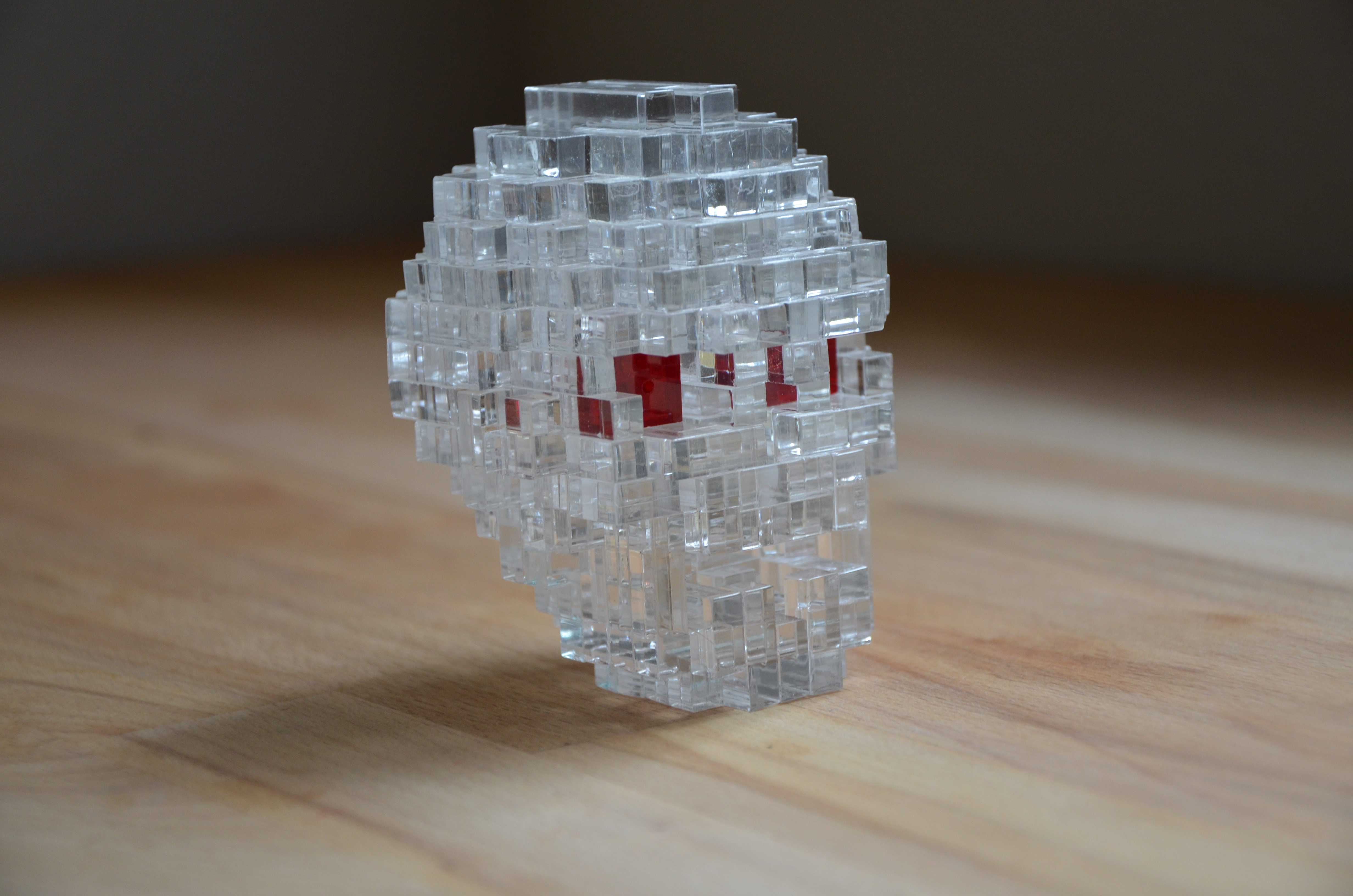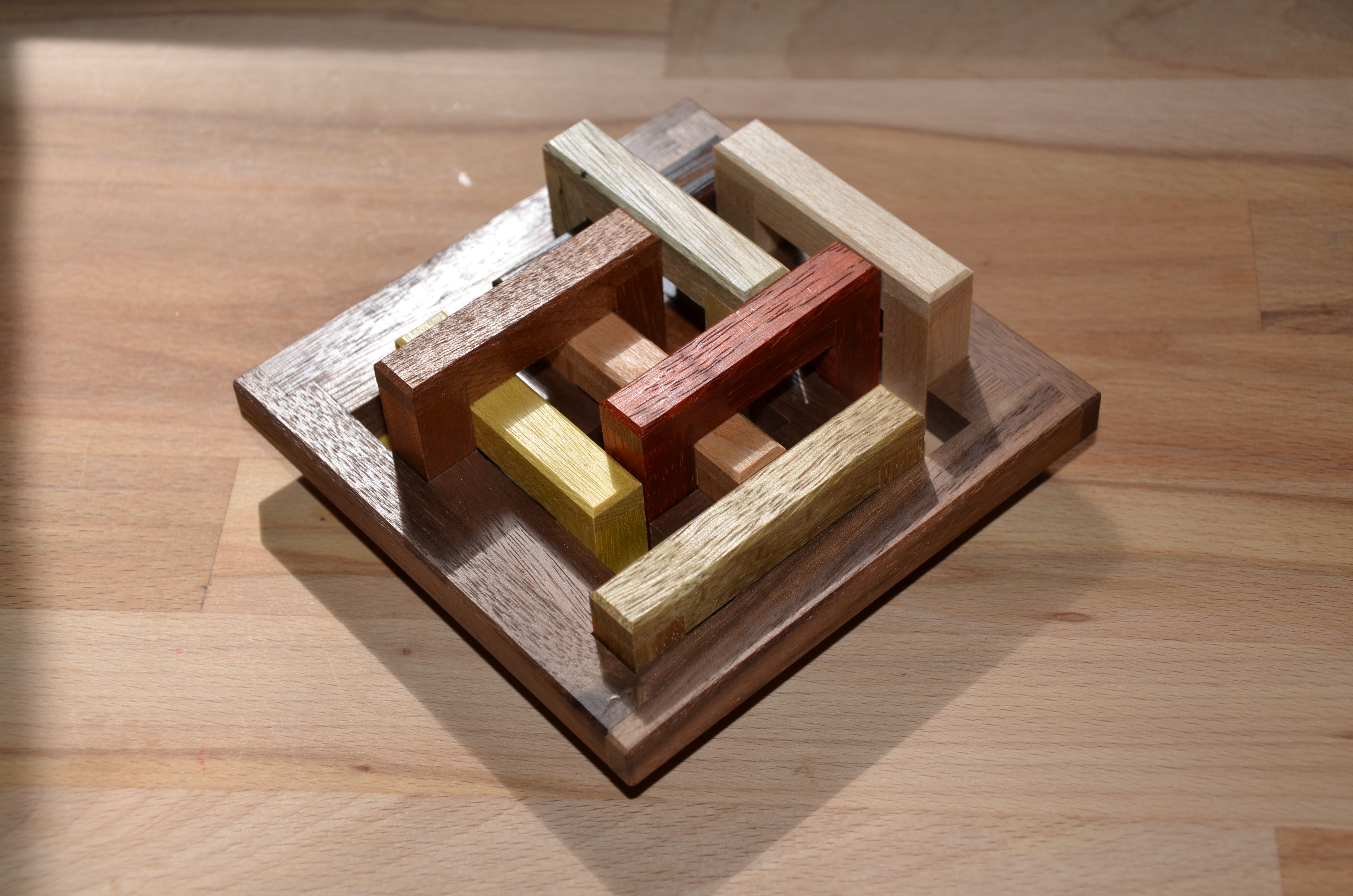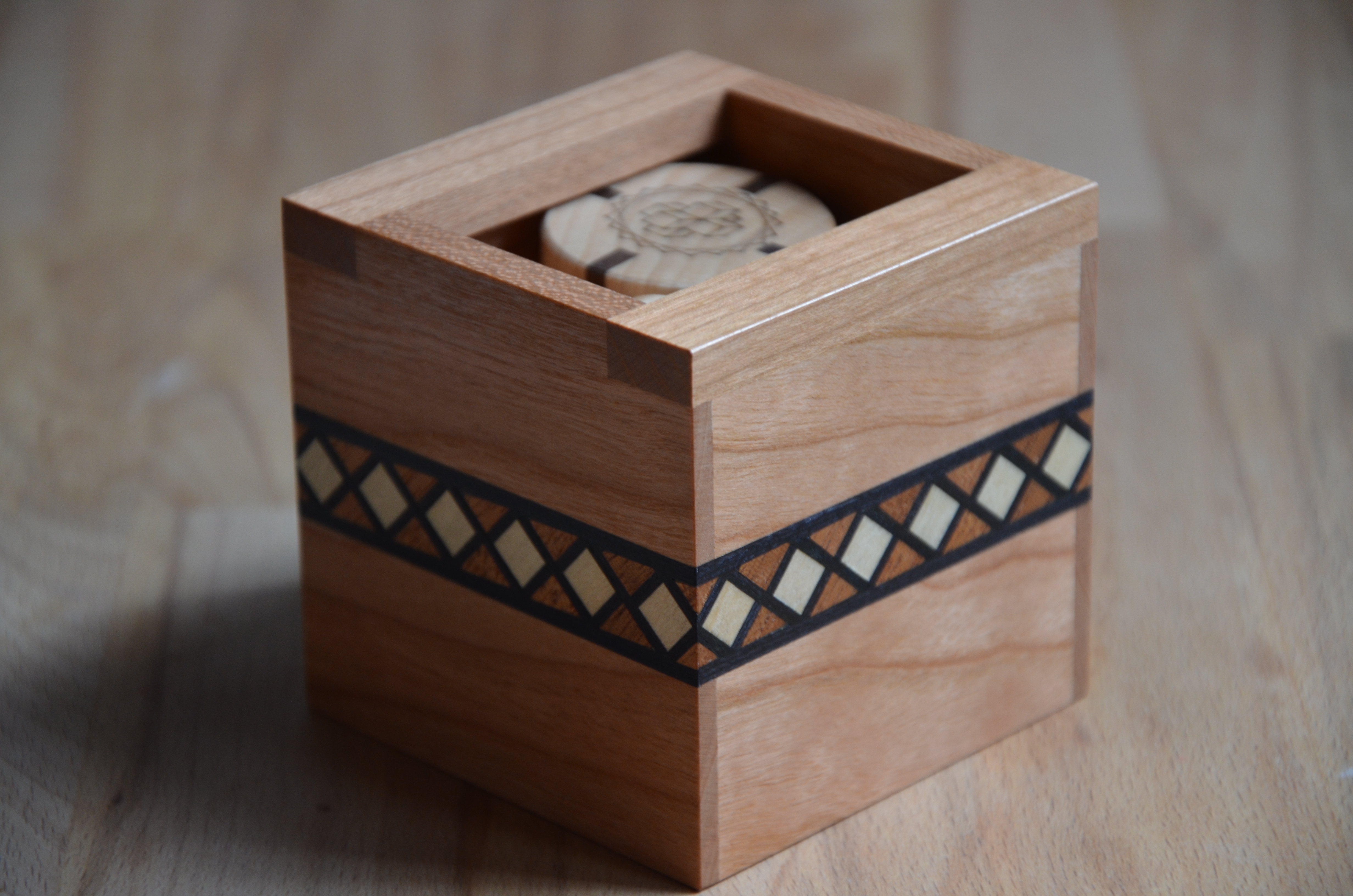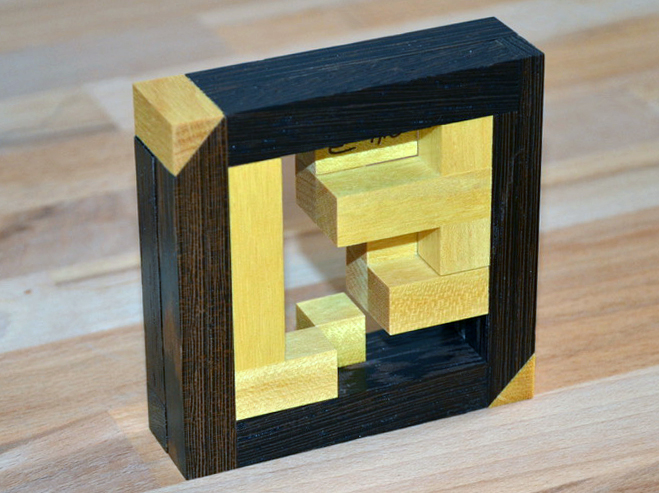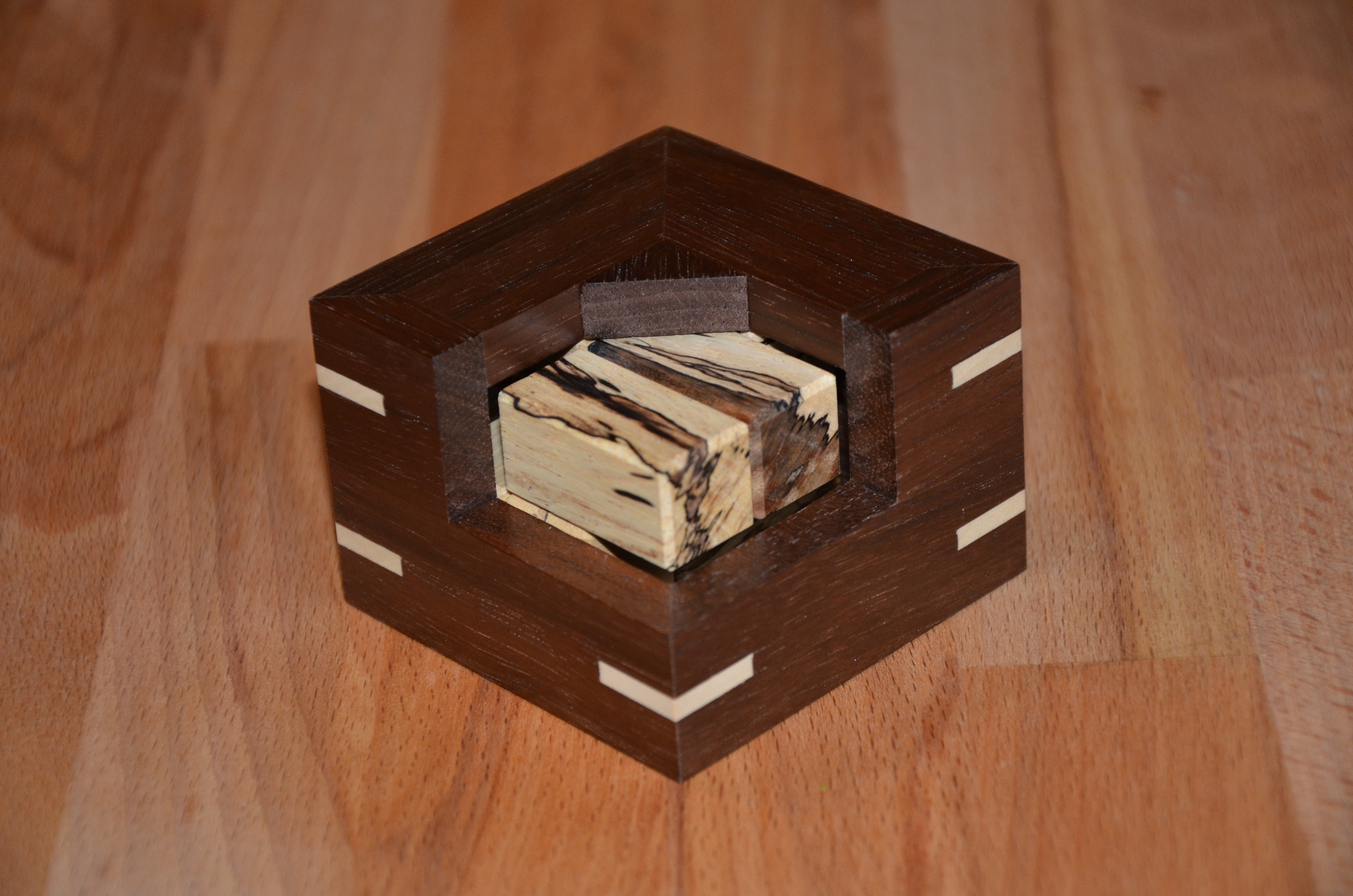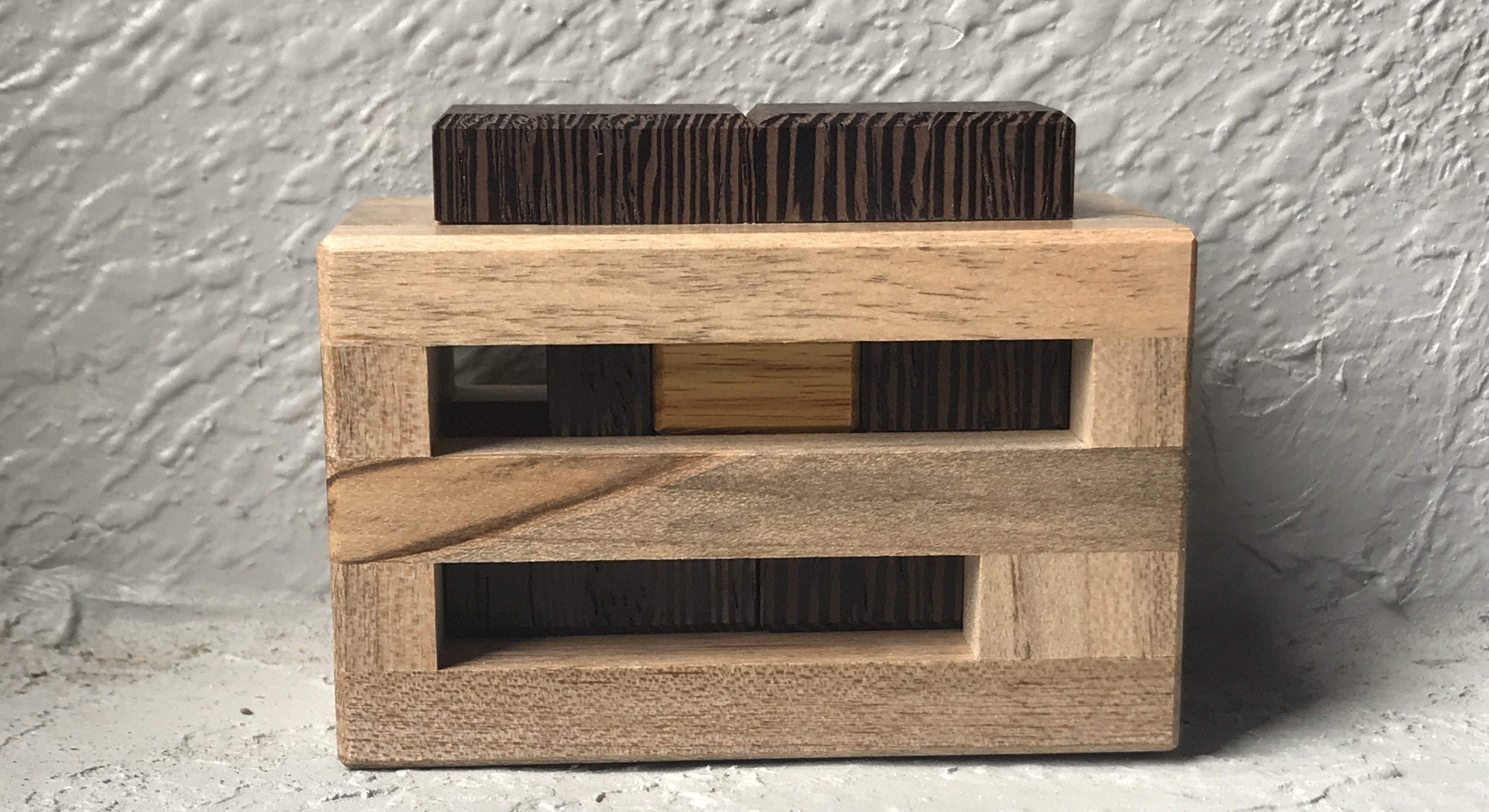cubicdissection
-
Read More: Cranium – Jerry LooYes! I was one of the lucky 8 people to get my hands on this…
-
Read More: Notes – Tamas VanyoThis week, I’m working with Notes, designed by Tamas Vanyo and created by Eric Fuller…
-
Read More: Casino – Dr. Volker LatussekLast Friday, I received a shipment from Cubicdissection.com with 6 different puzzles including Casino, Split…
-
Read More: 2 Rings – Chi-Ren Chen2 Rings is a puzzle that was made by Eric Fuller and was sold back…
-
Read More: Okto Cube – Yavuz DemirhanToday, we have another beauty from Eric over at Cubicdissection.com. This one is called Okto…
-
Read More: Two Face 3 – Alfons EyckmansThis week, I have another fantastic burr puzzle created by Eric Fuller and designed by…
-
Read More: Pack 3 – Osanori YamamotoThis week, I tackle the Pack 3 designed by Osanori Yamamoto and crafted by Eric…
-
Read More: Prison Burr – Stephane ChomineAh, the Prison Burr, another fine creation constructed by the fine folks at Cubicdissection. Did…
-
Read More: Aquarius+ – Stephane ChomineOk. tonight I have the Aquarius+ designed by Stephane Chomine and crafted by Cubic Dissection.…
-
Read More: Bramble Box – Noah PrettymanToday, I have another stunning puzzle from Cubicdissection.com. This one is called Bramble Box and…
